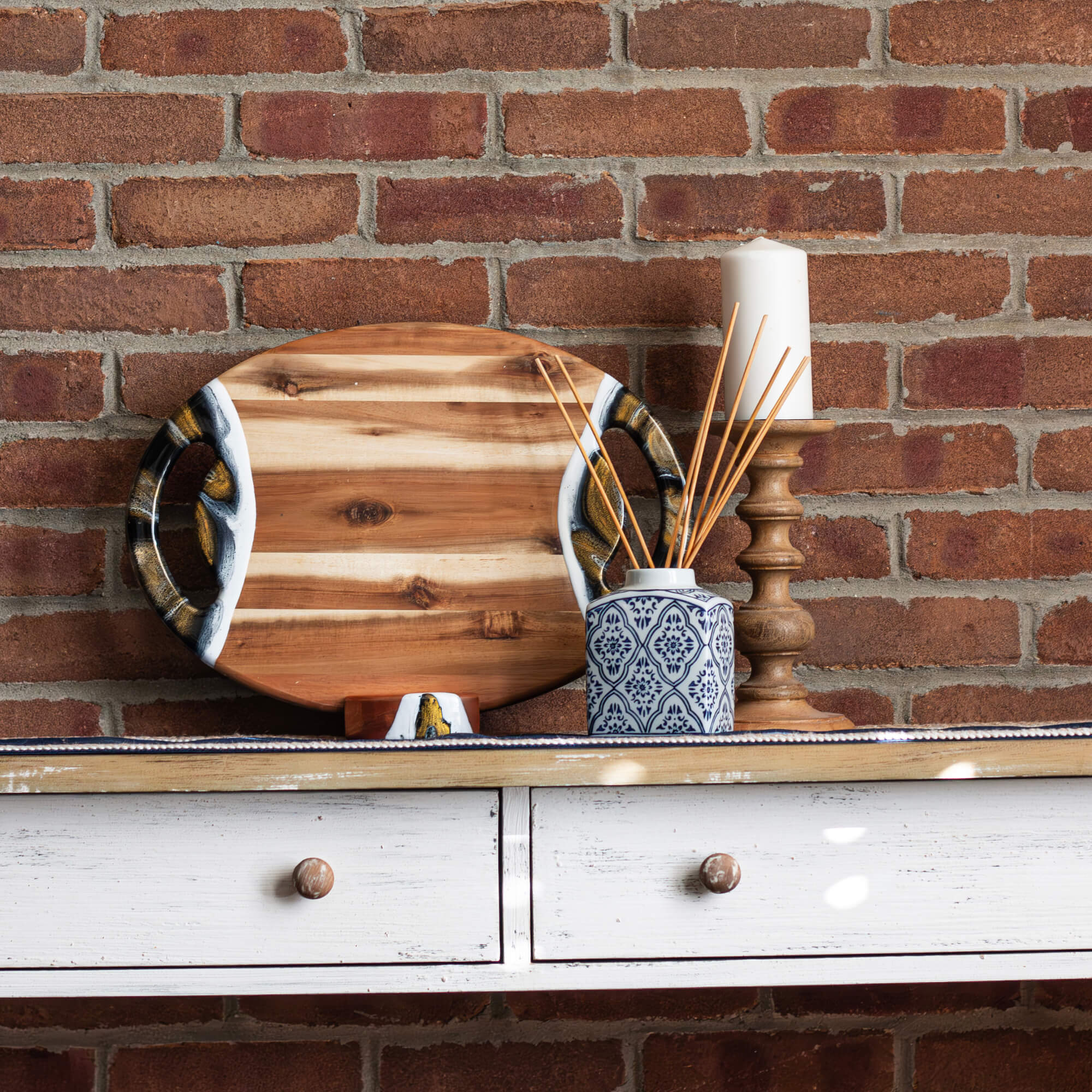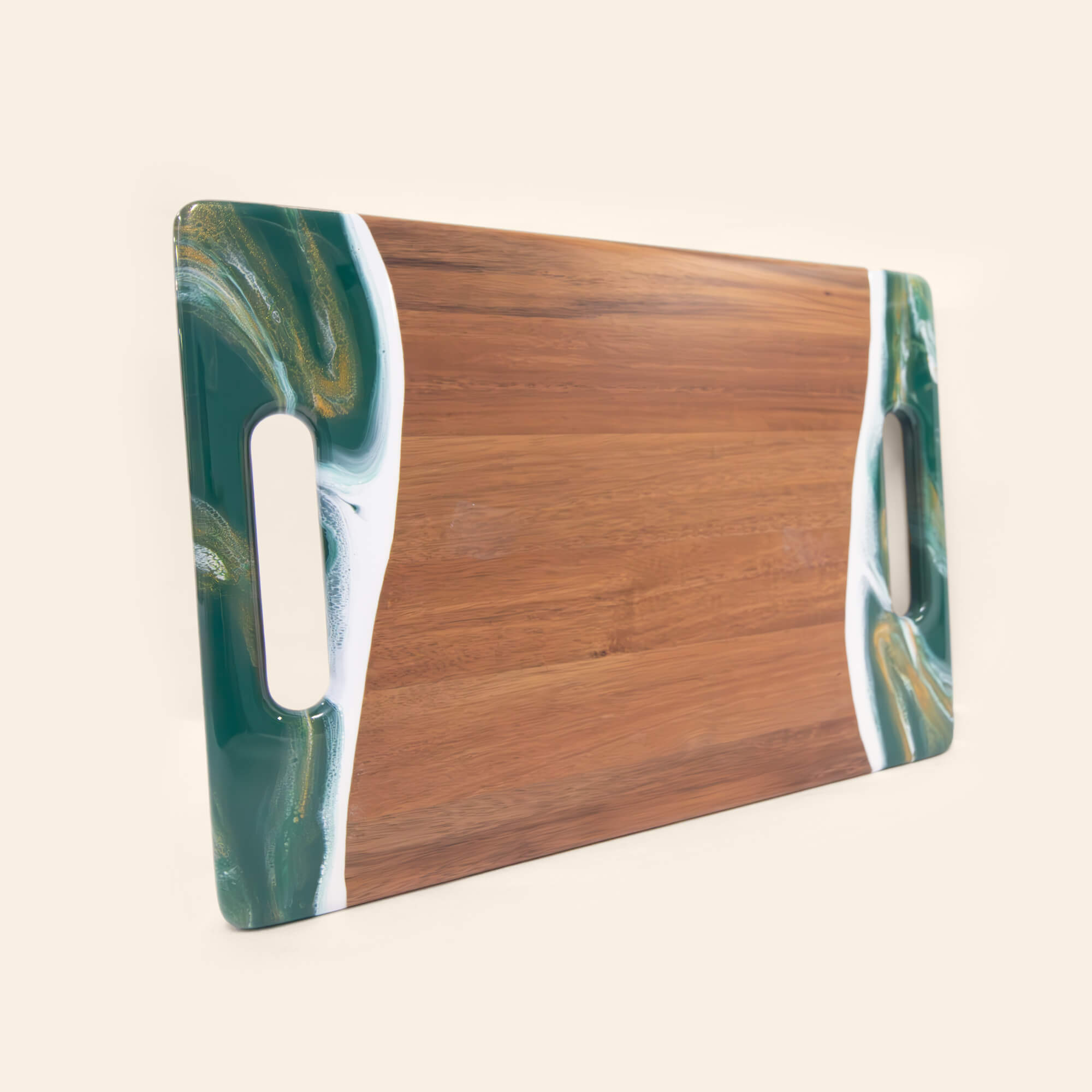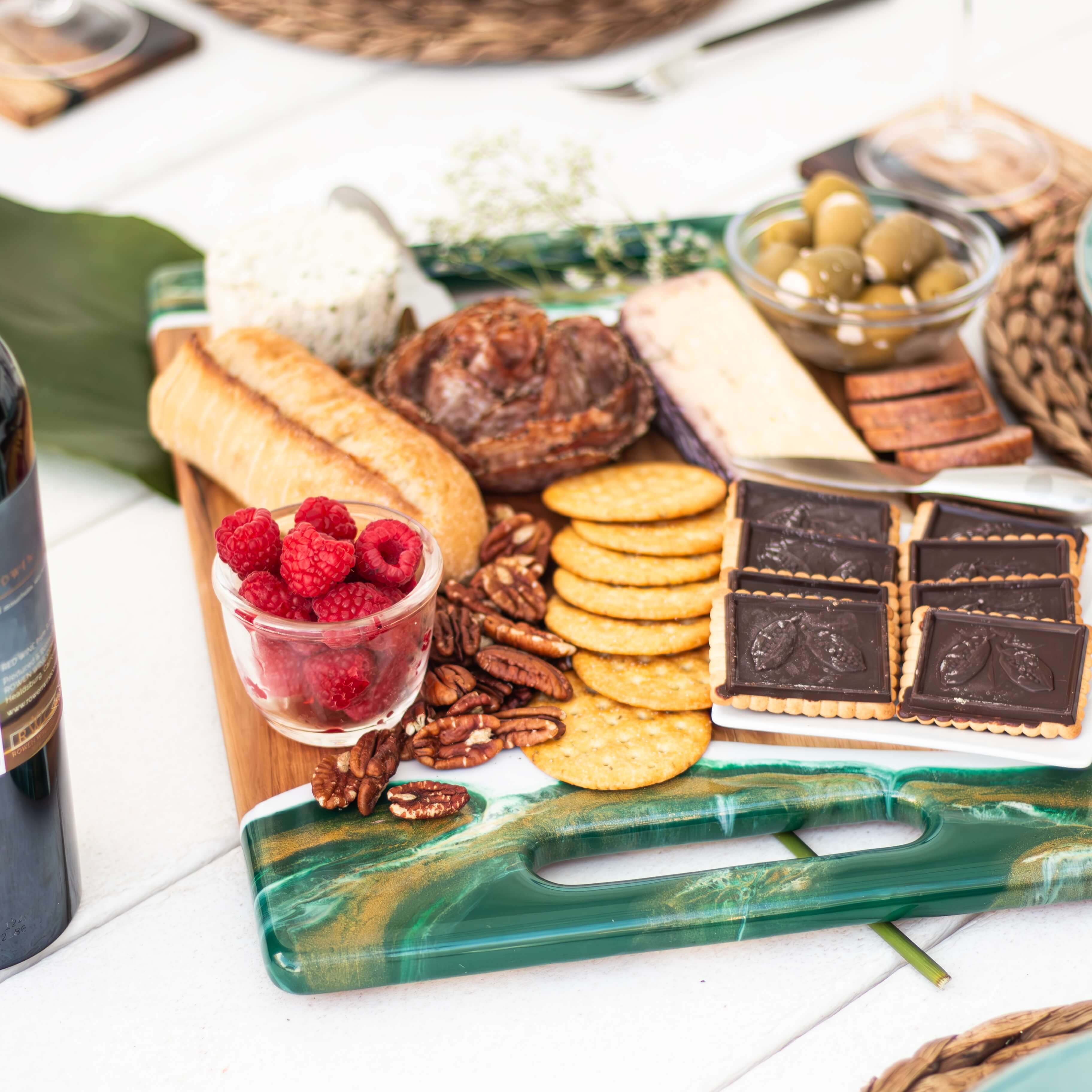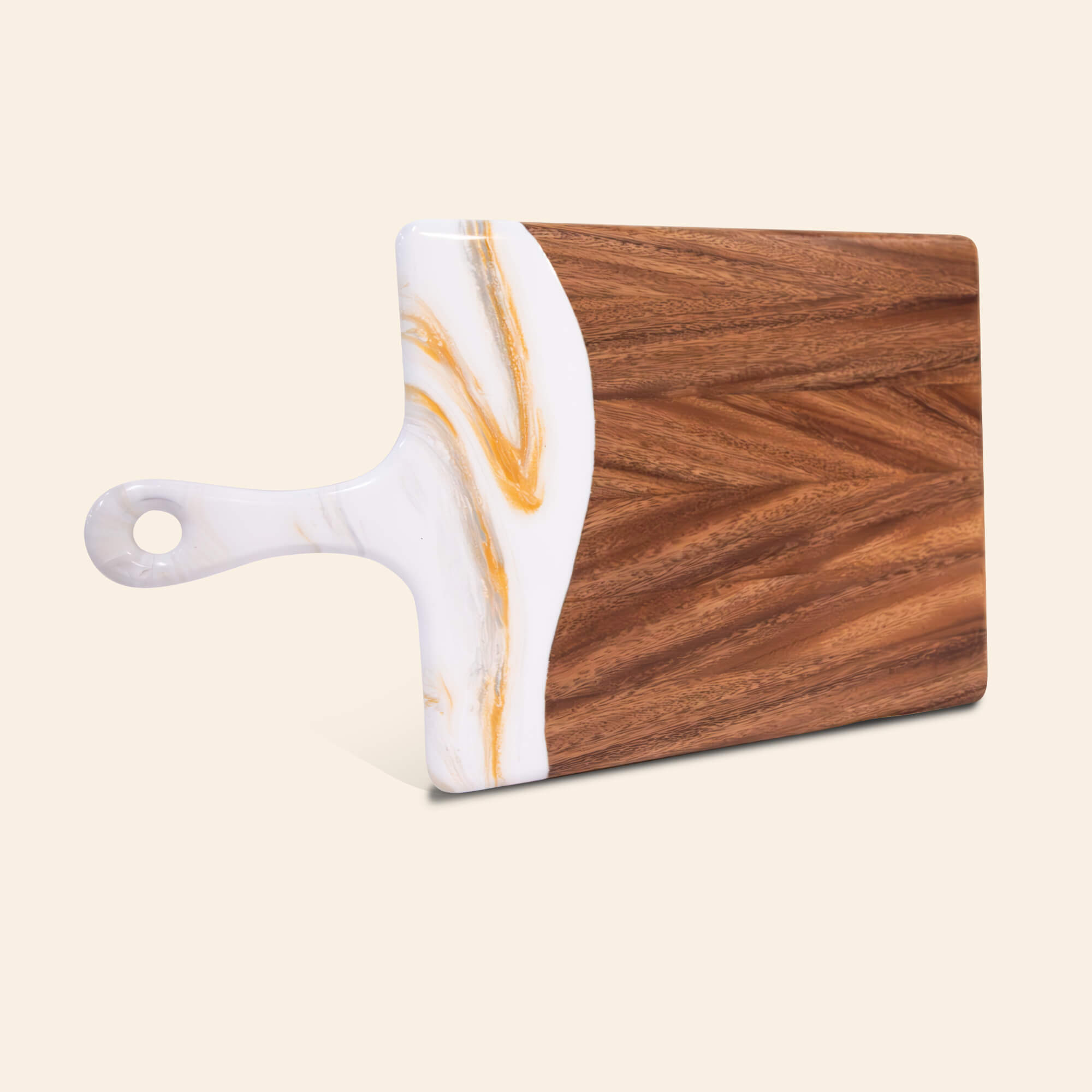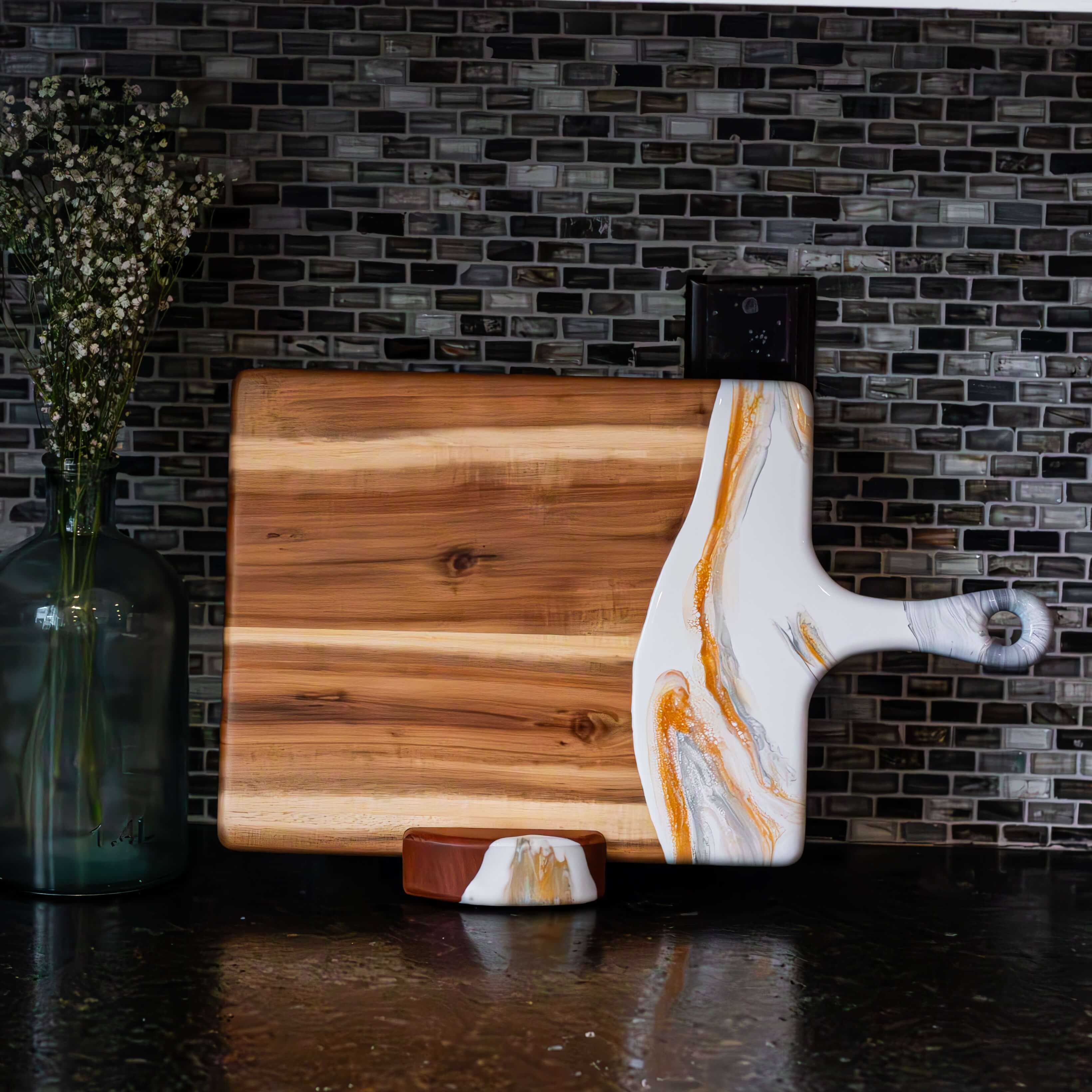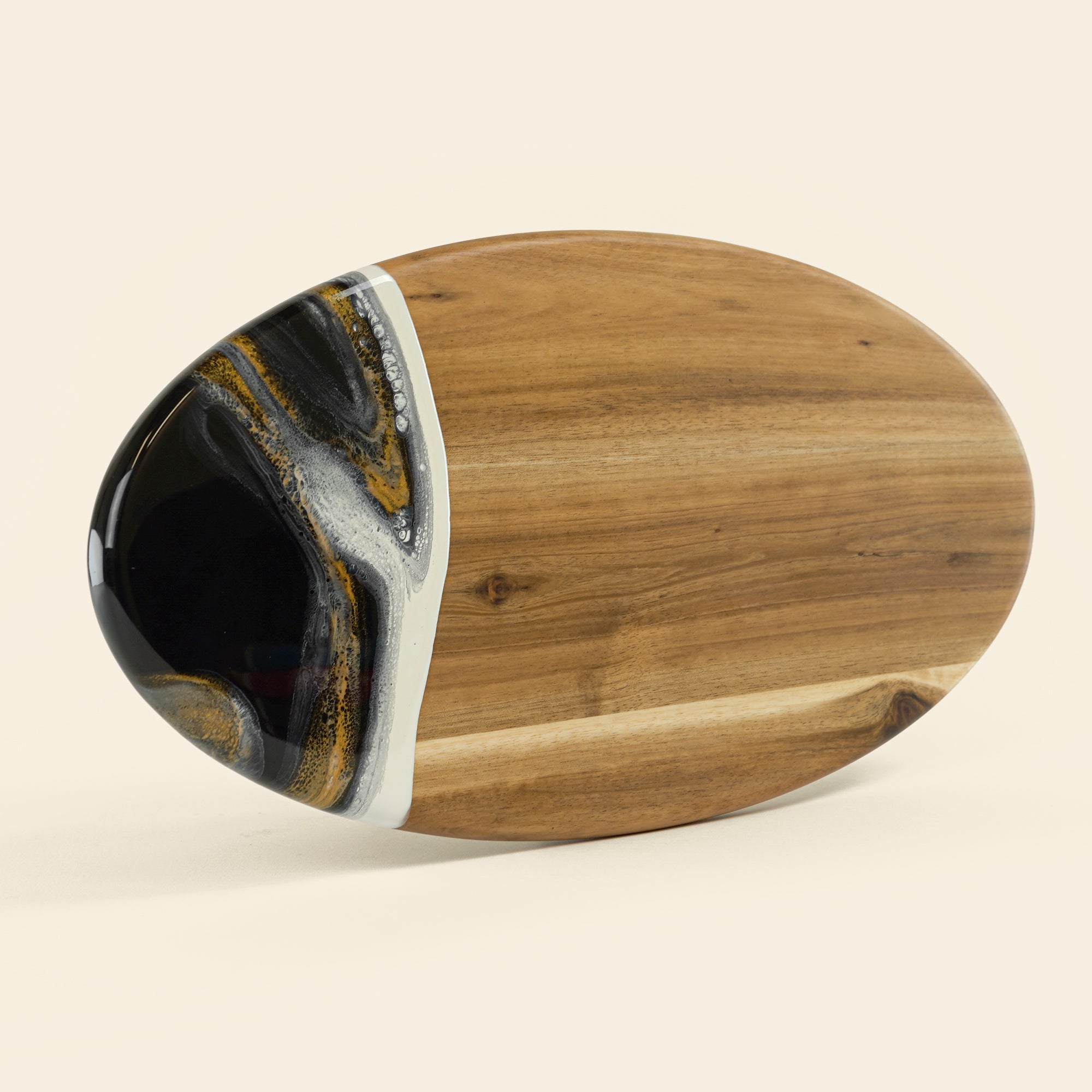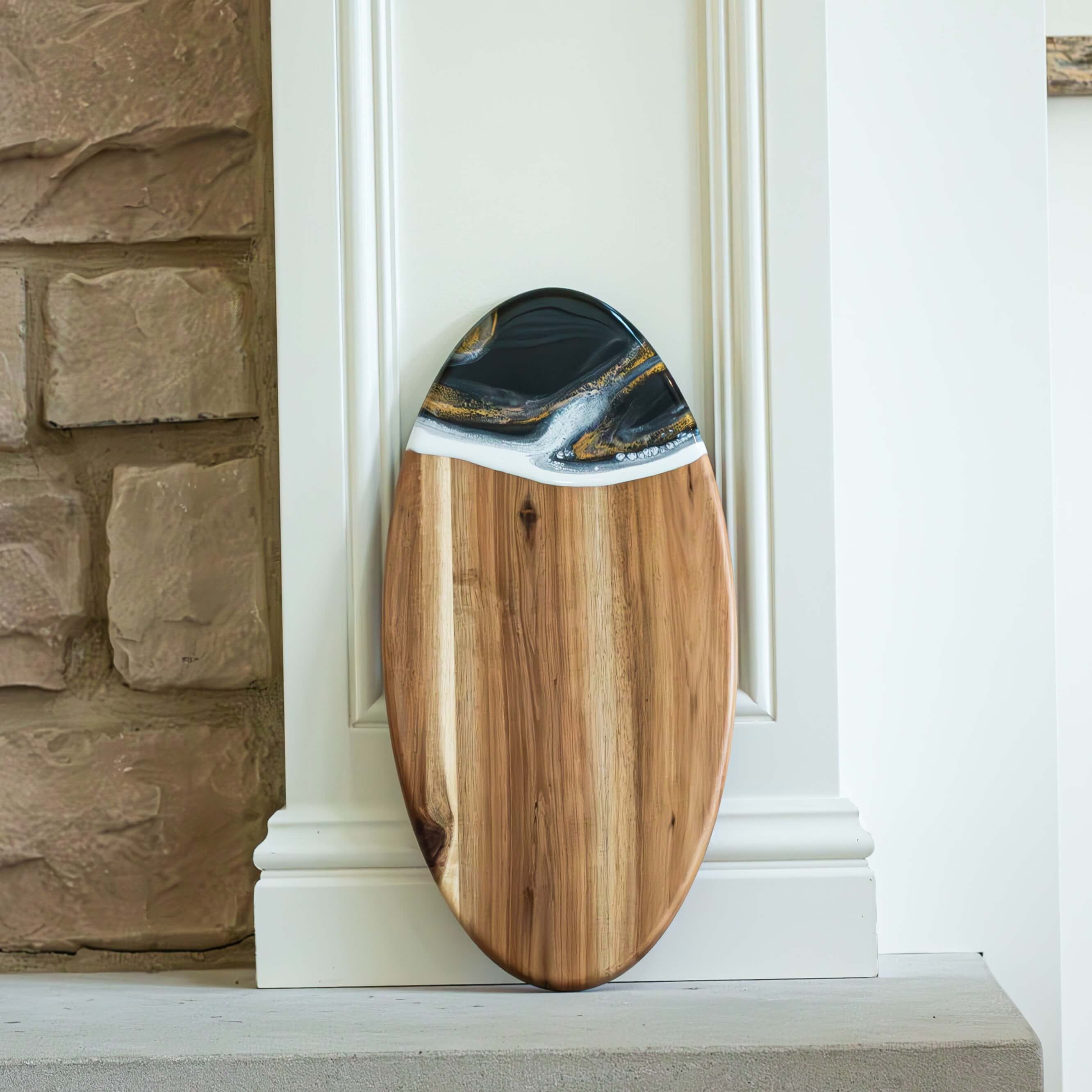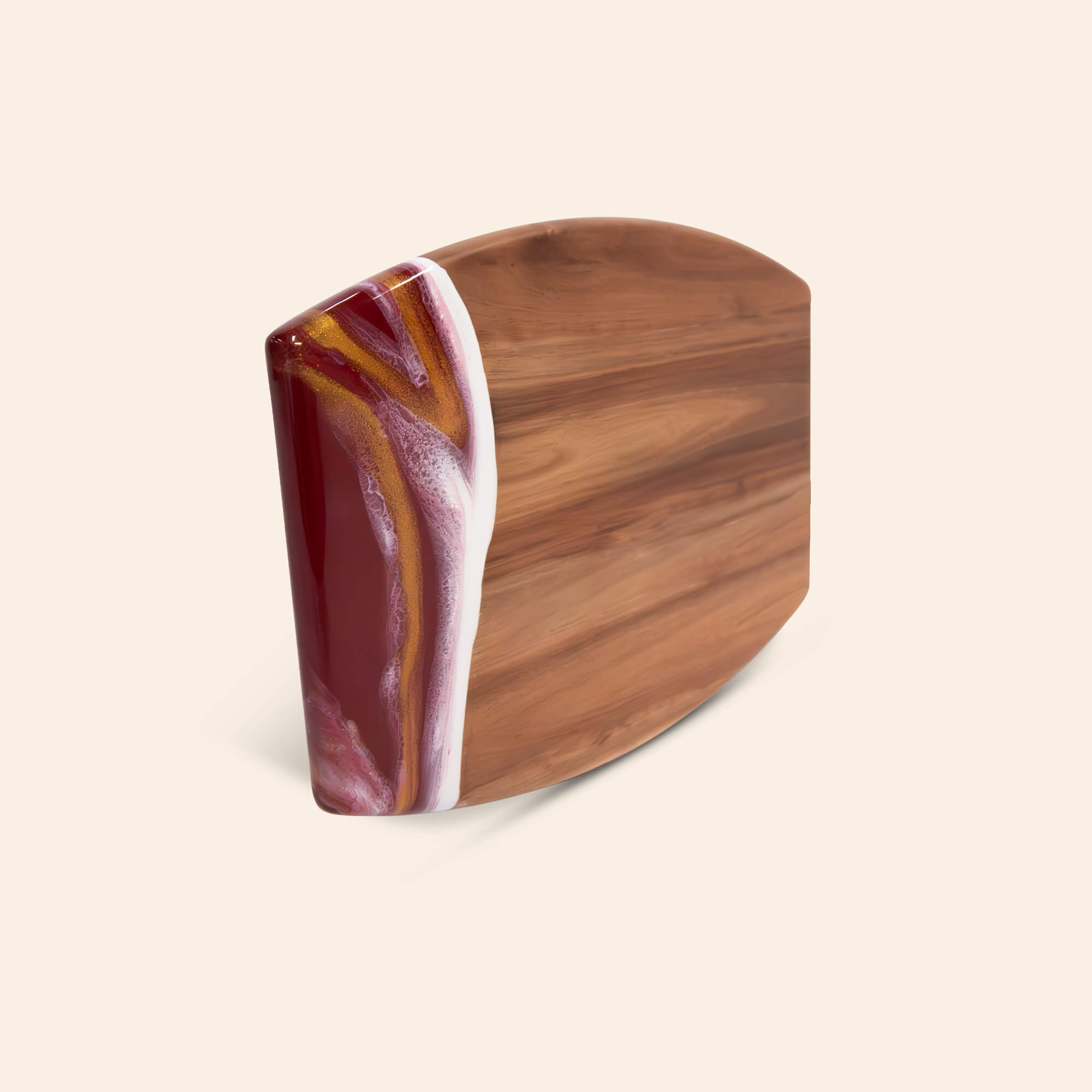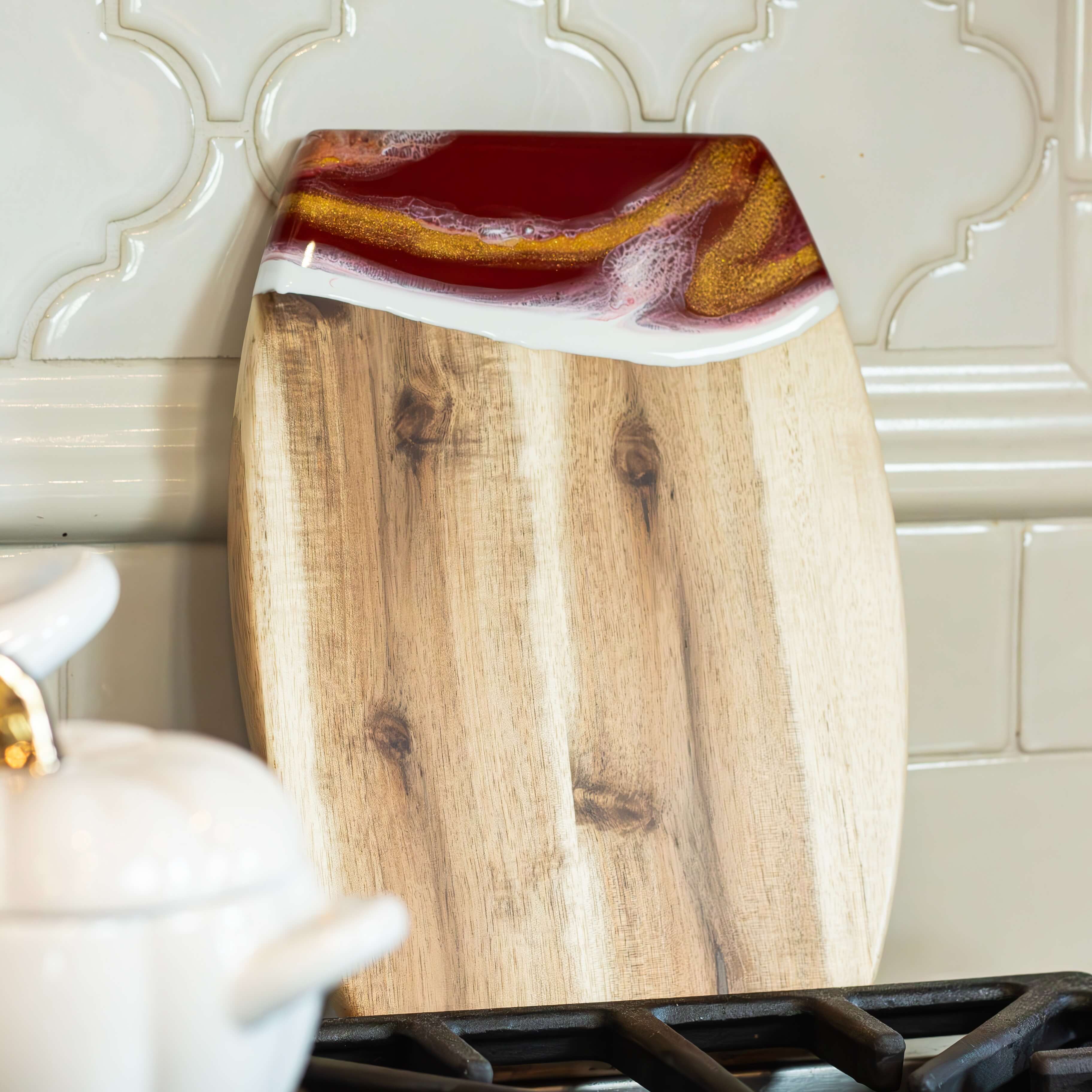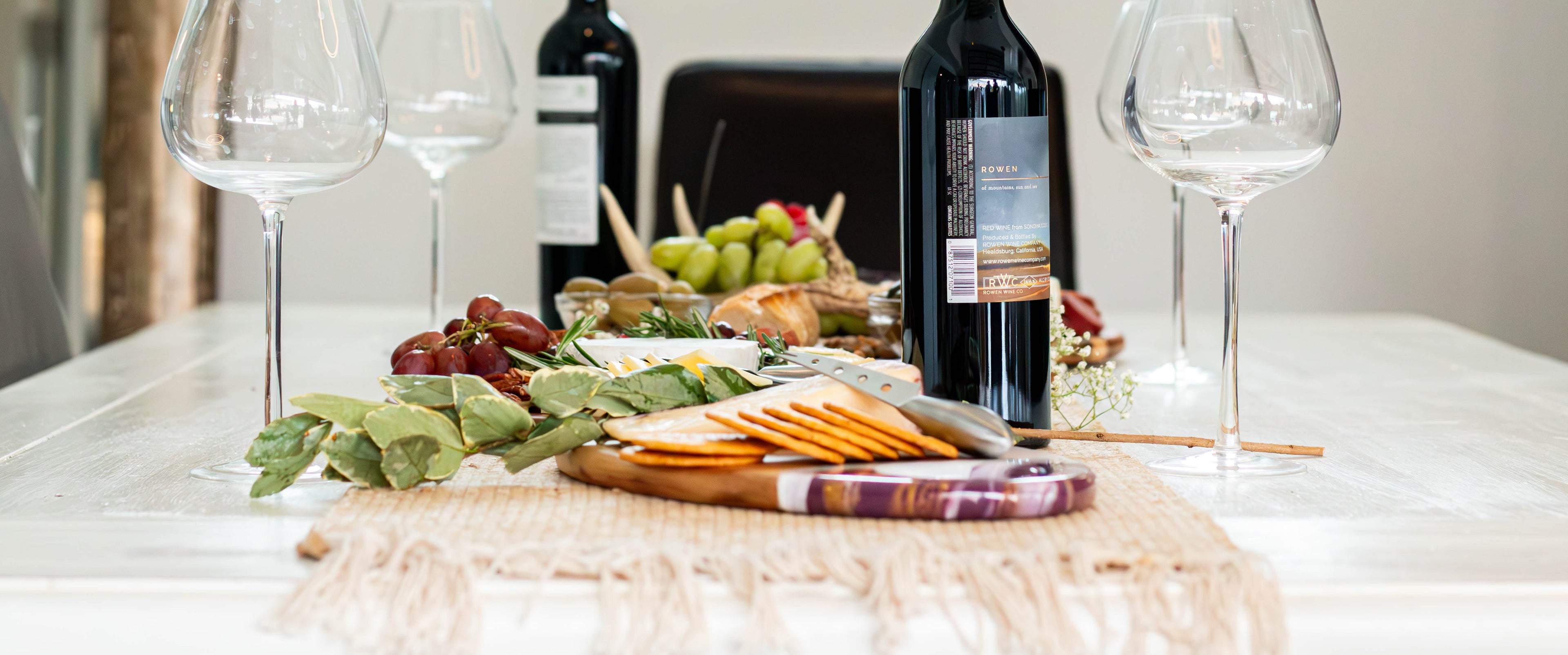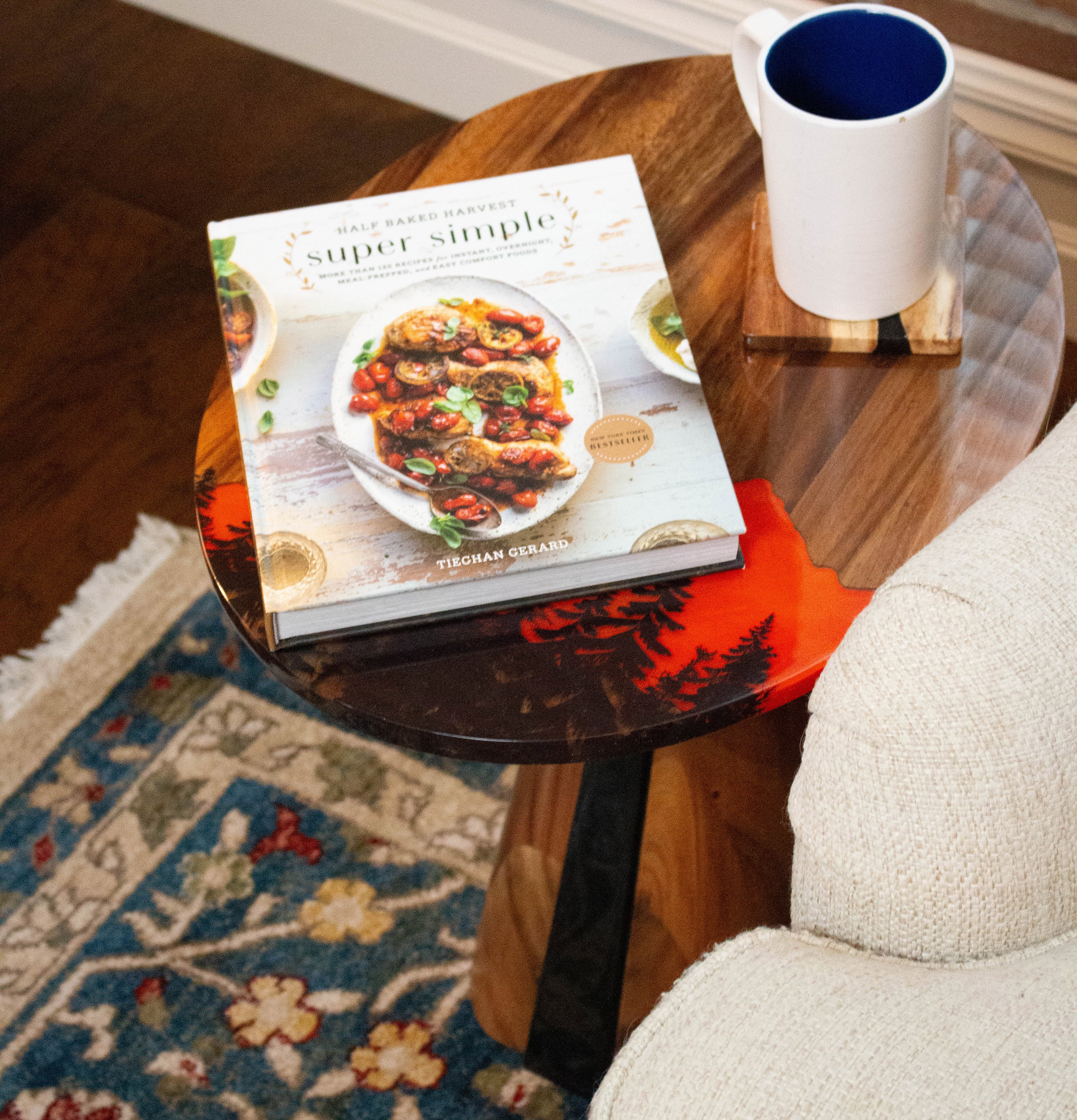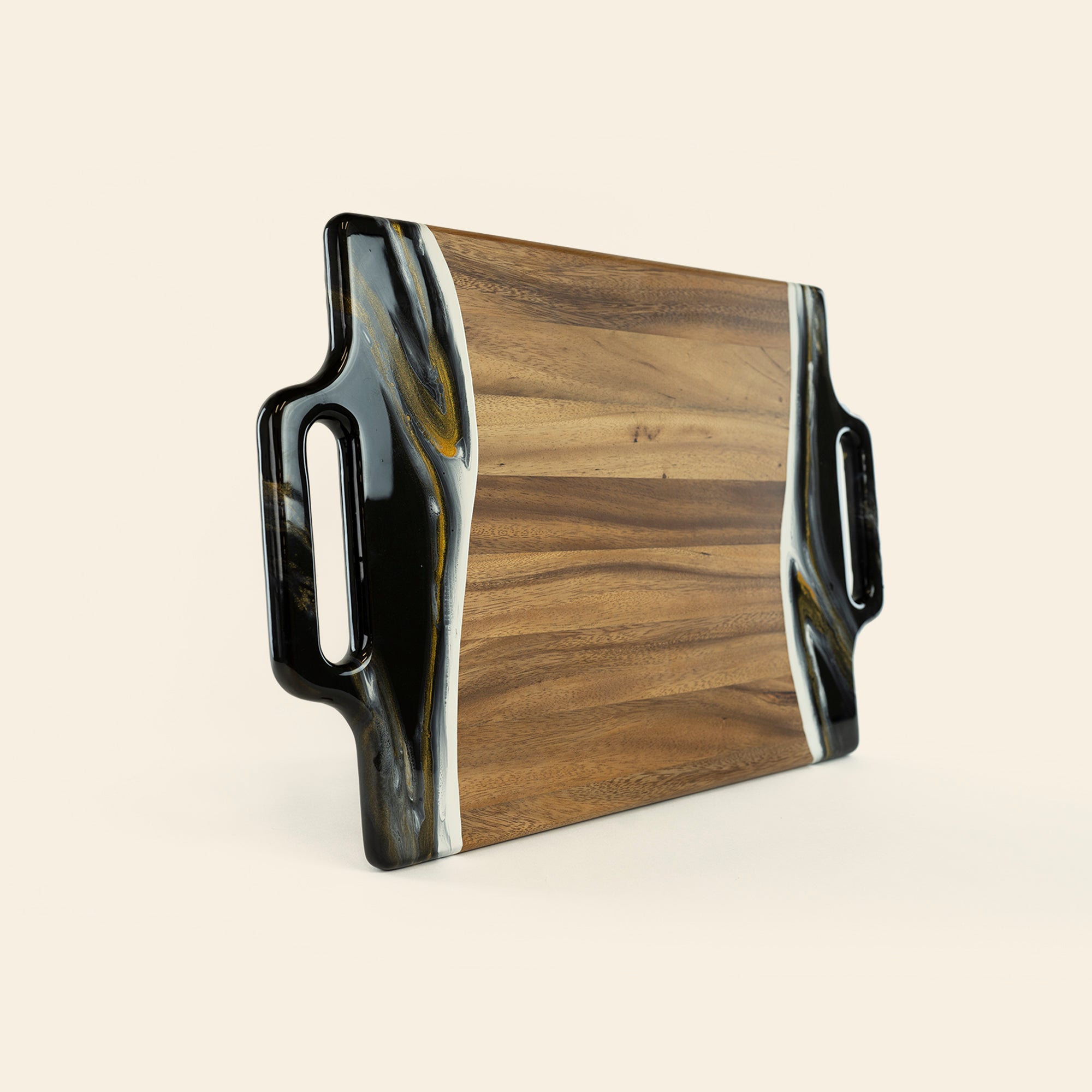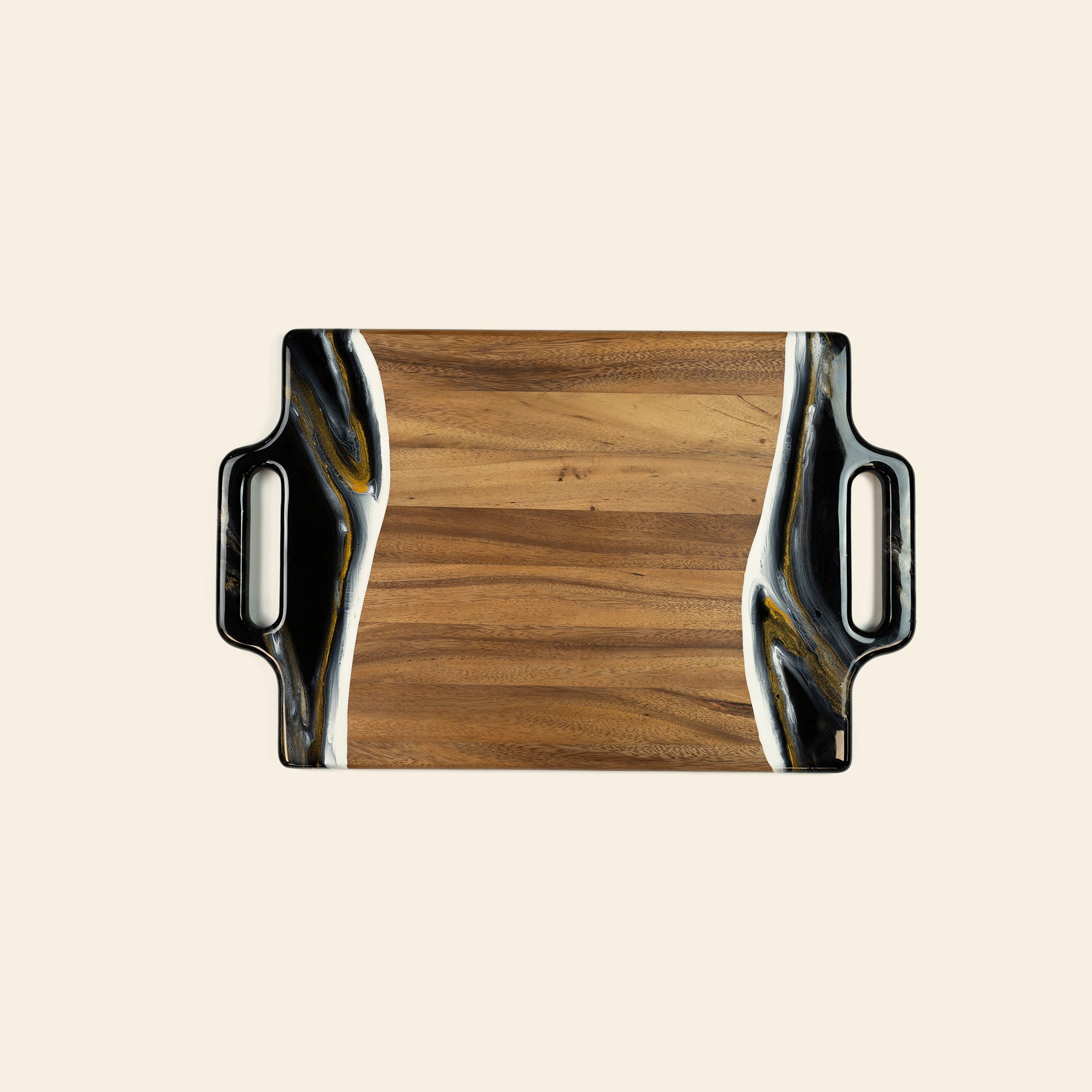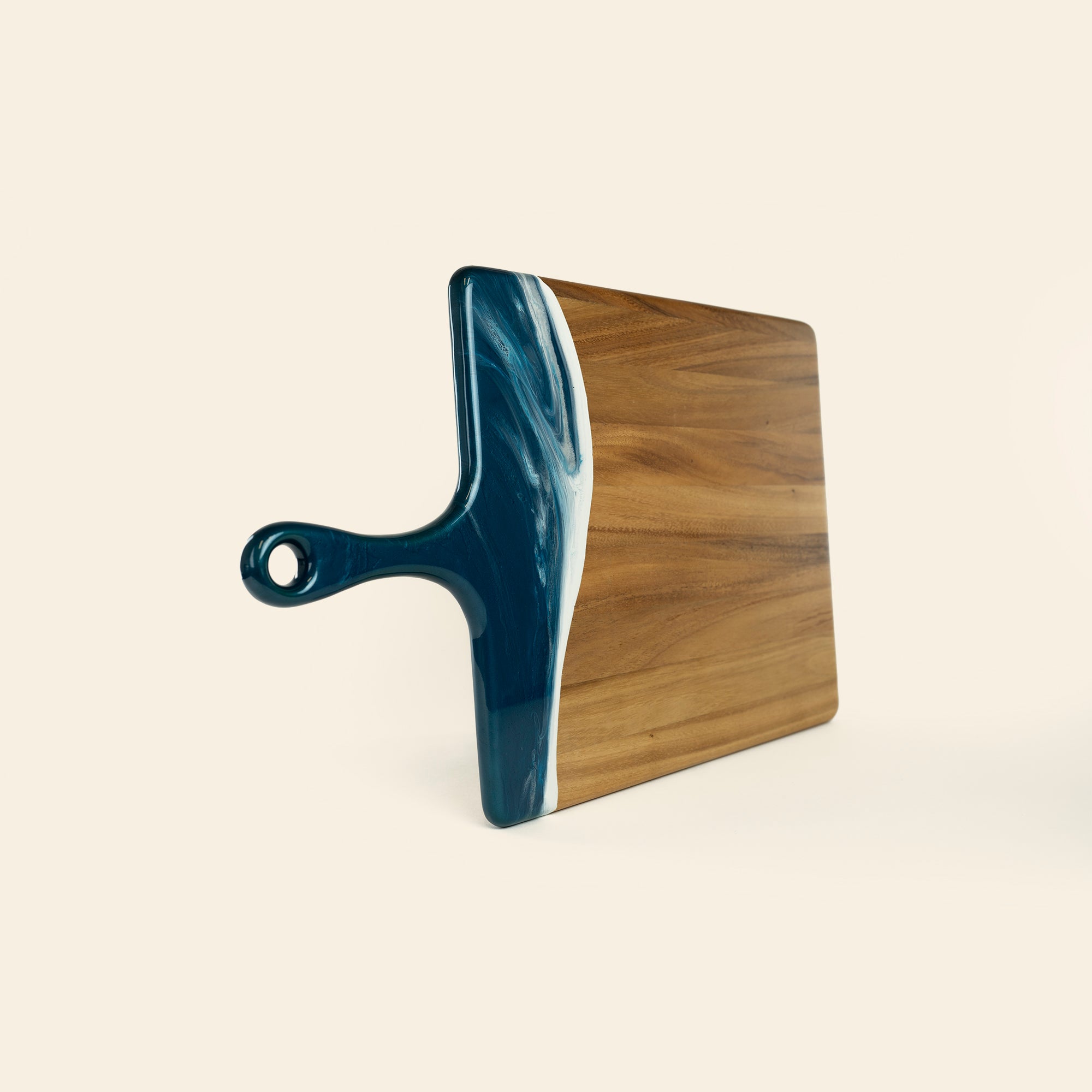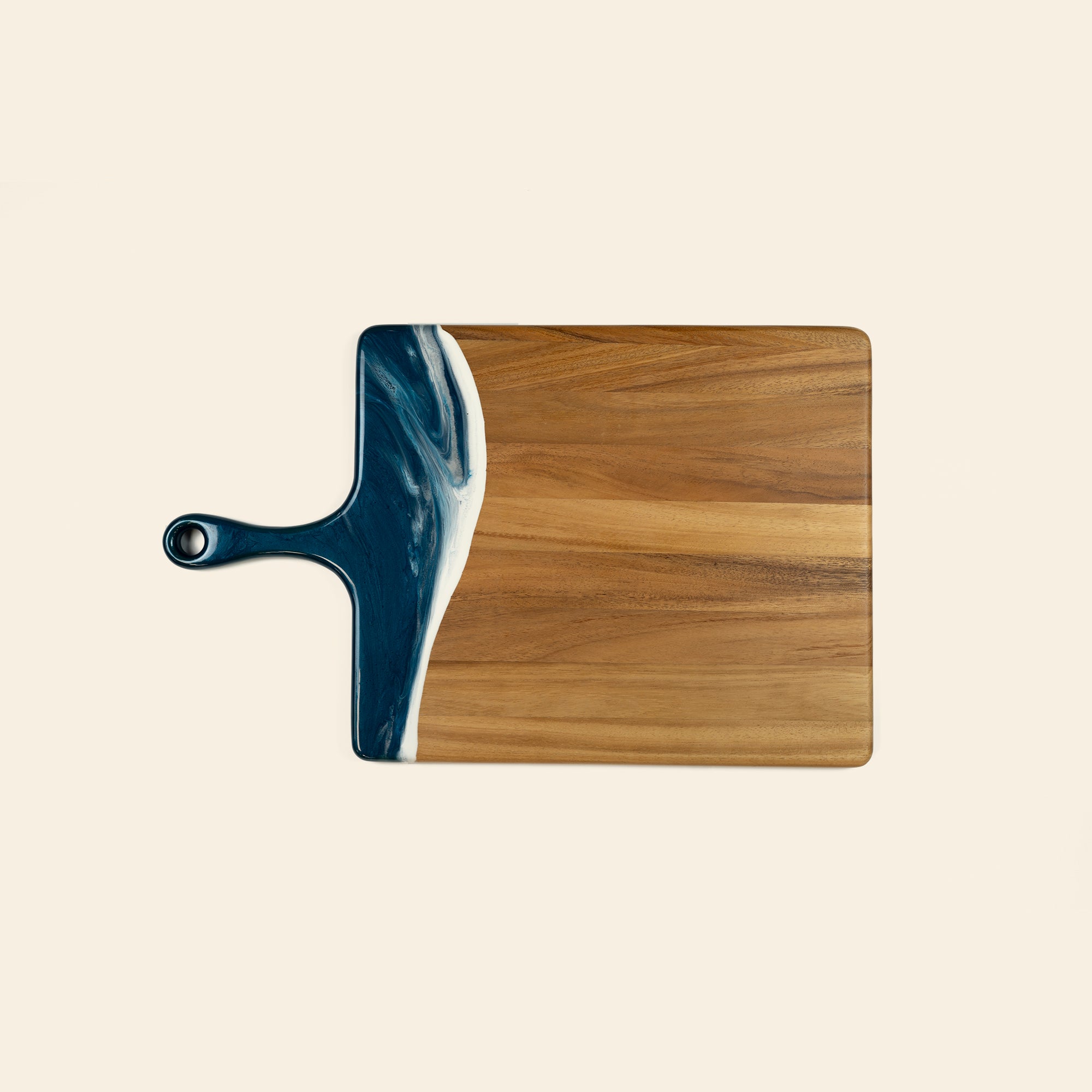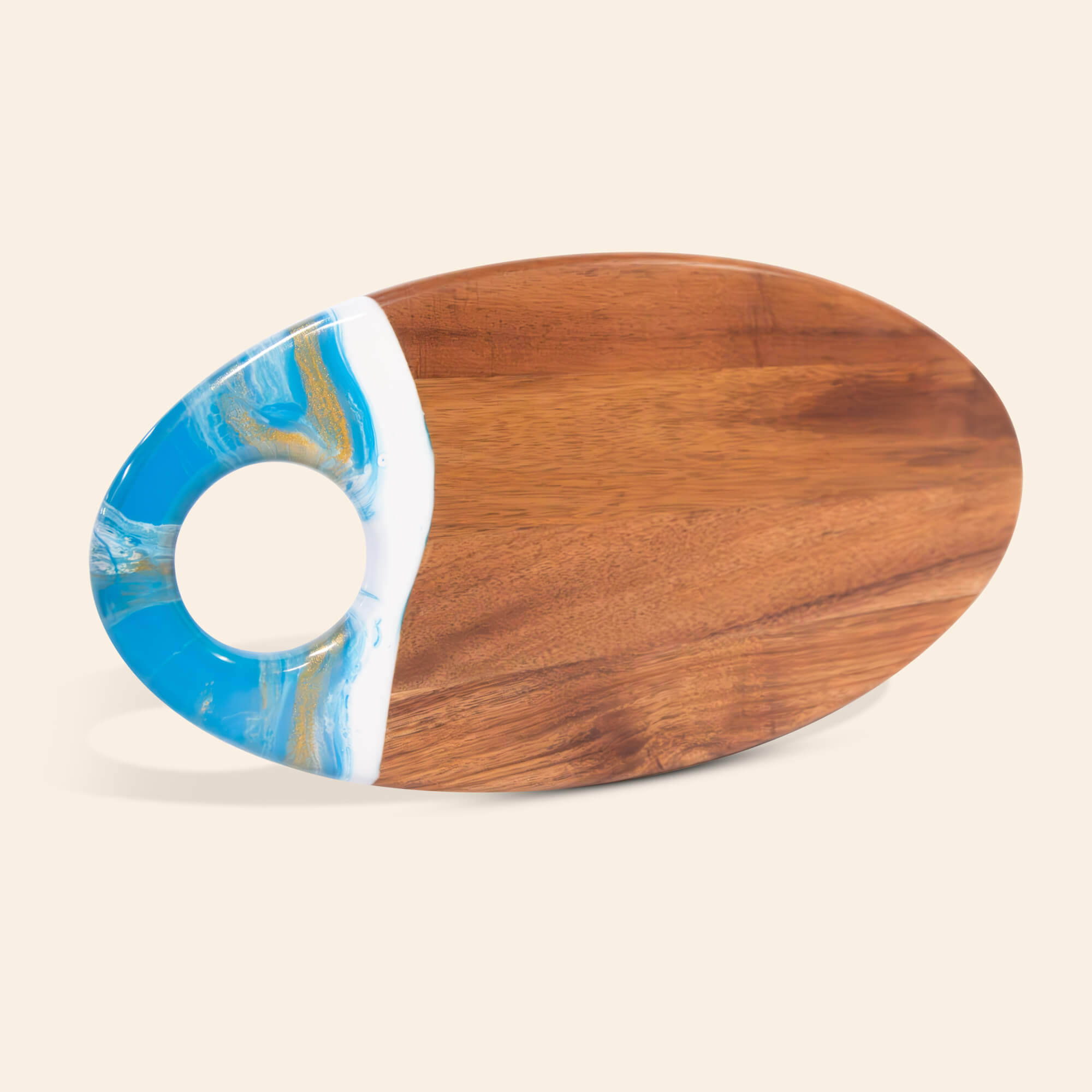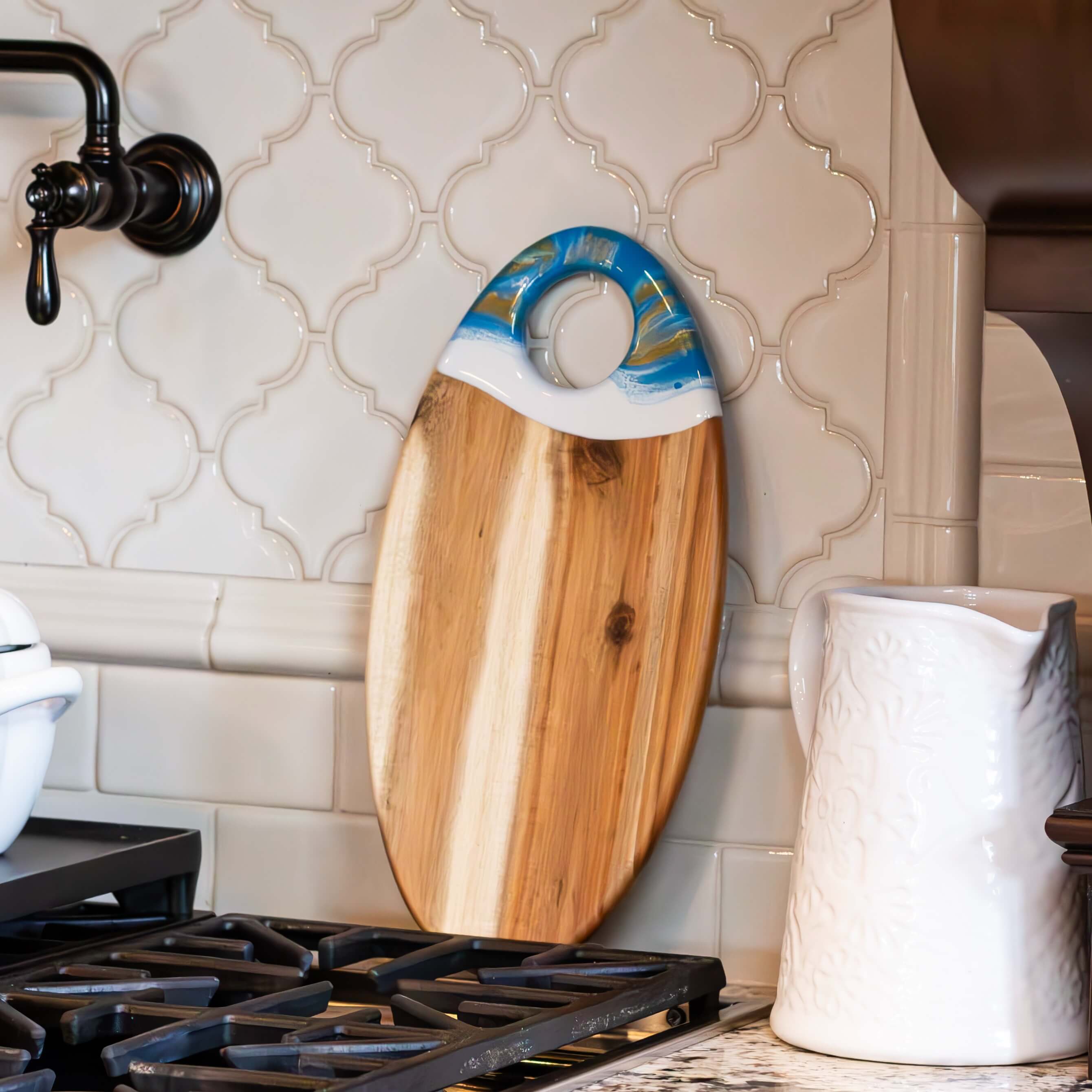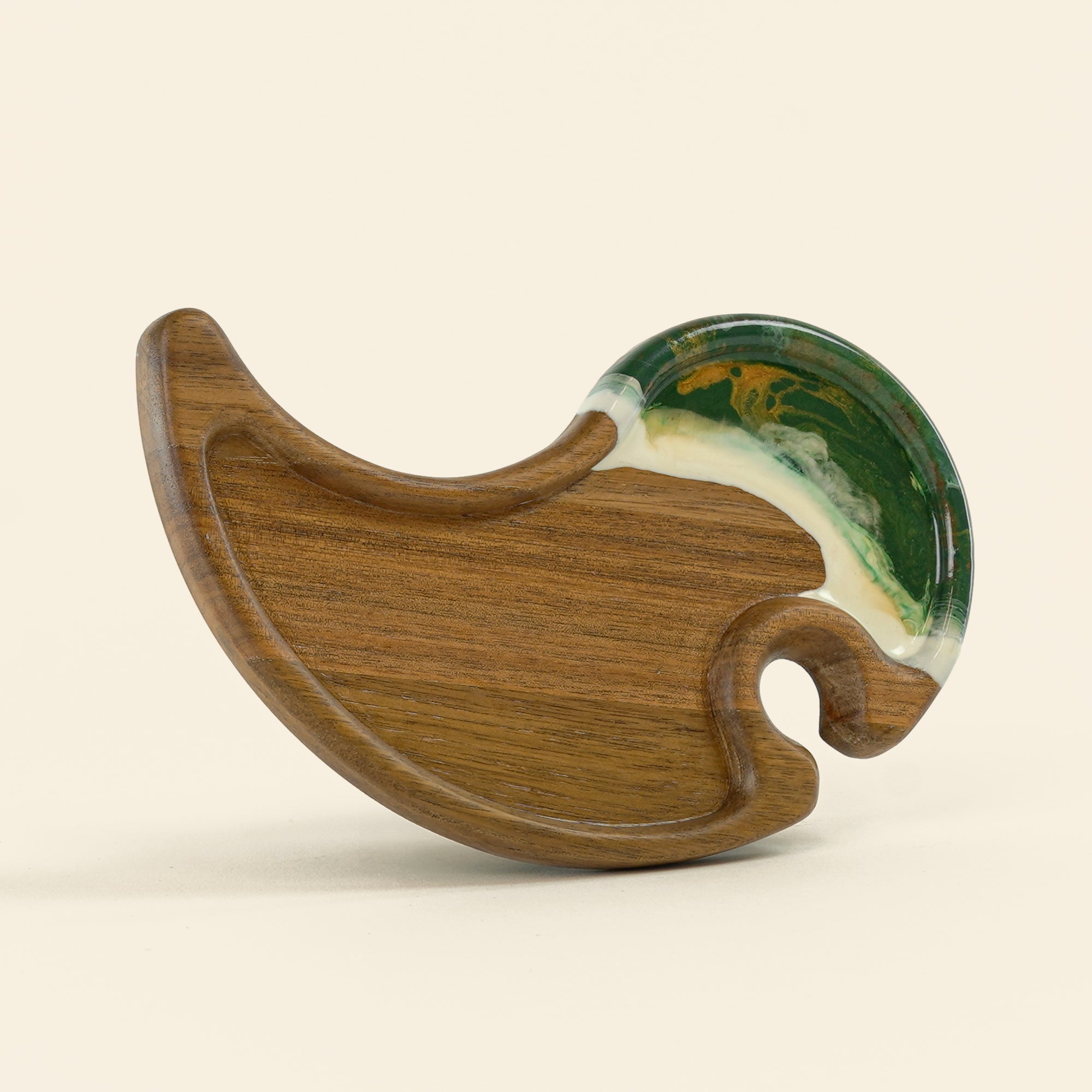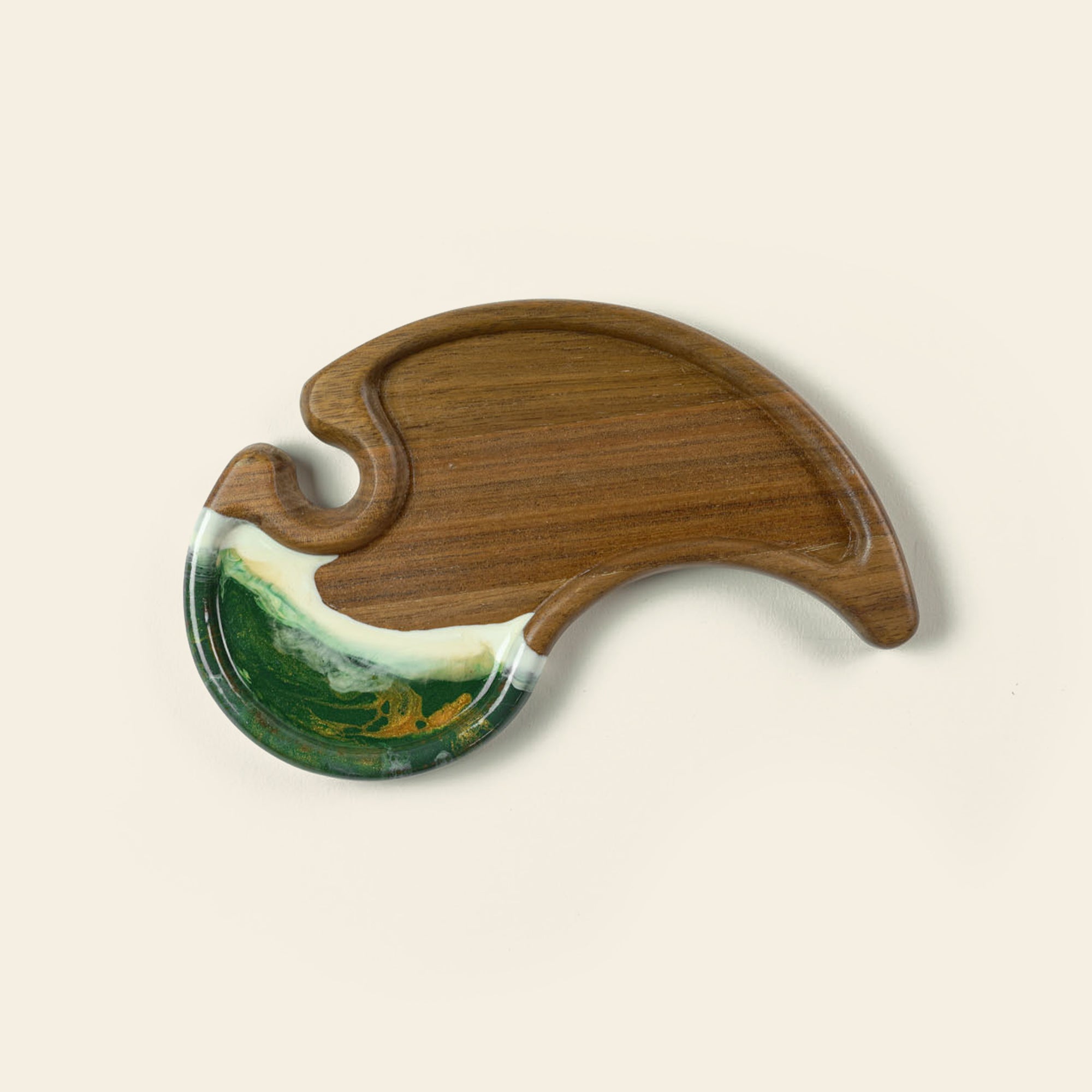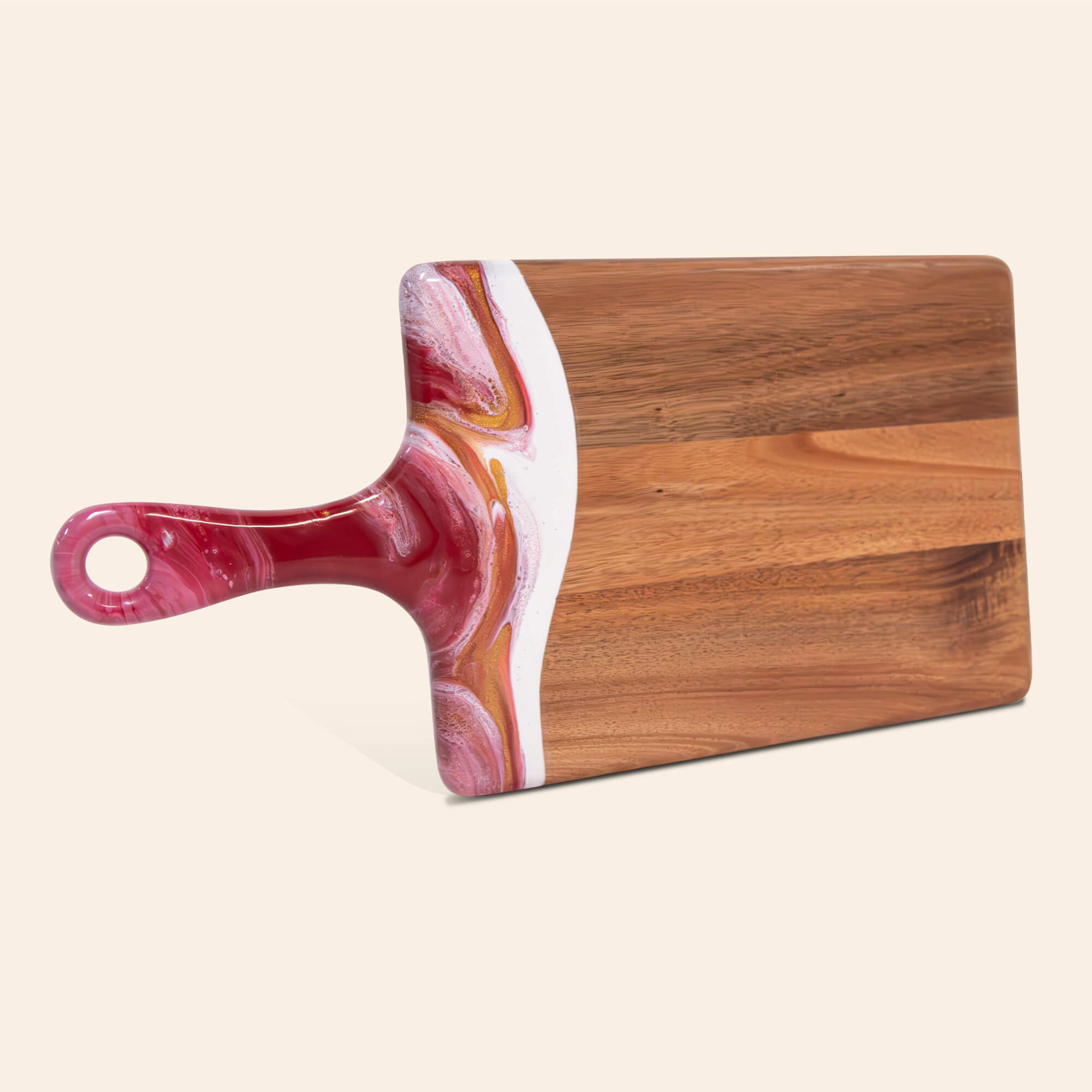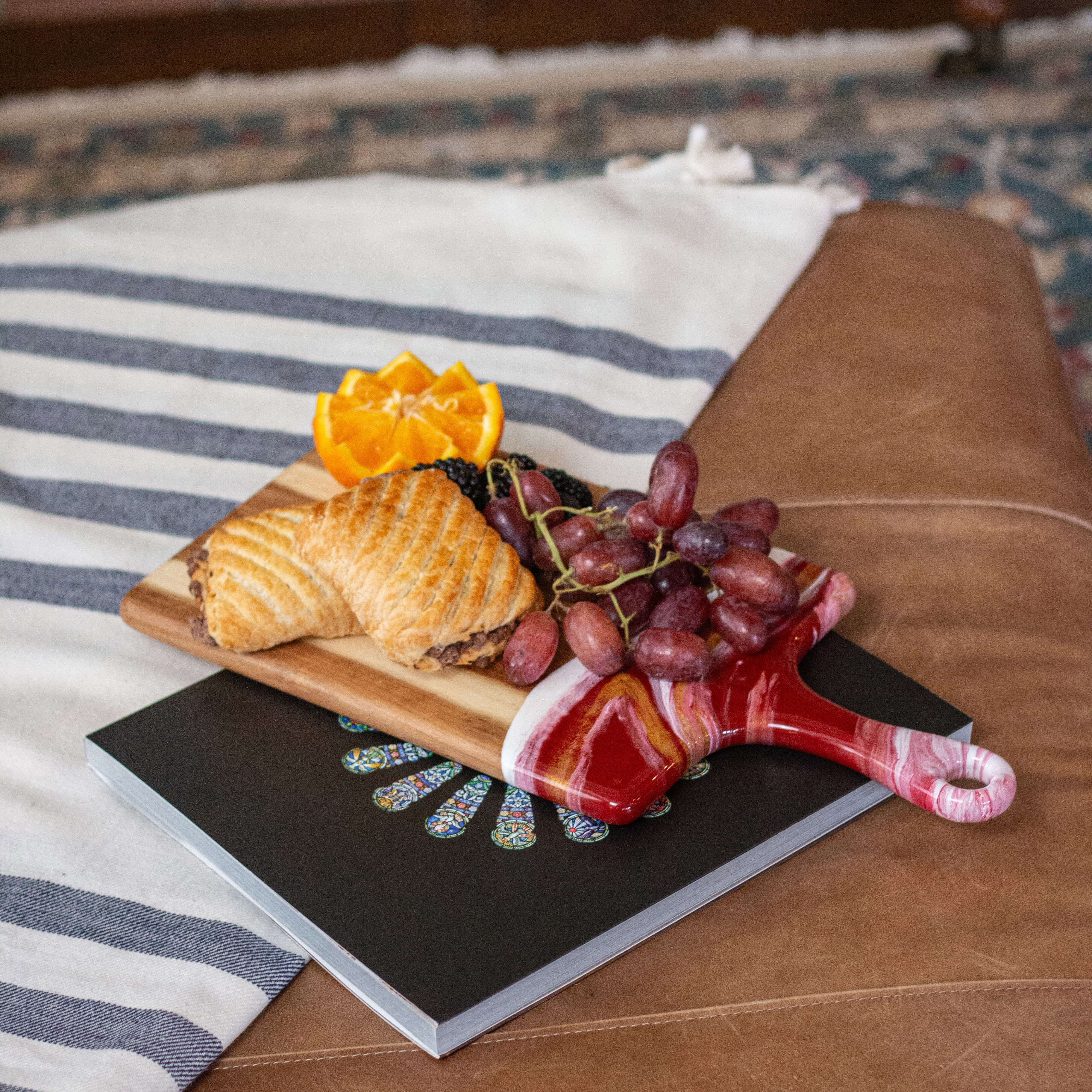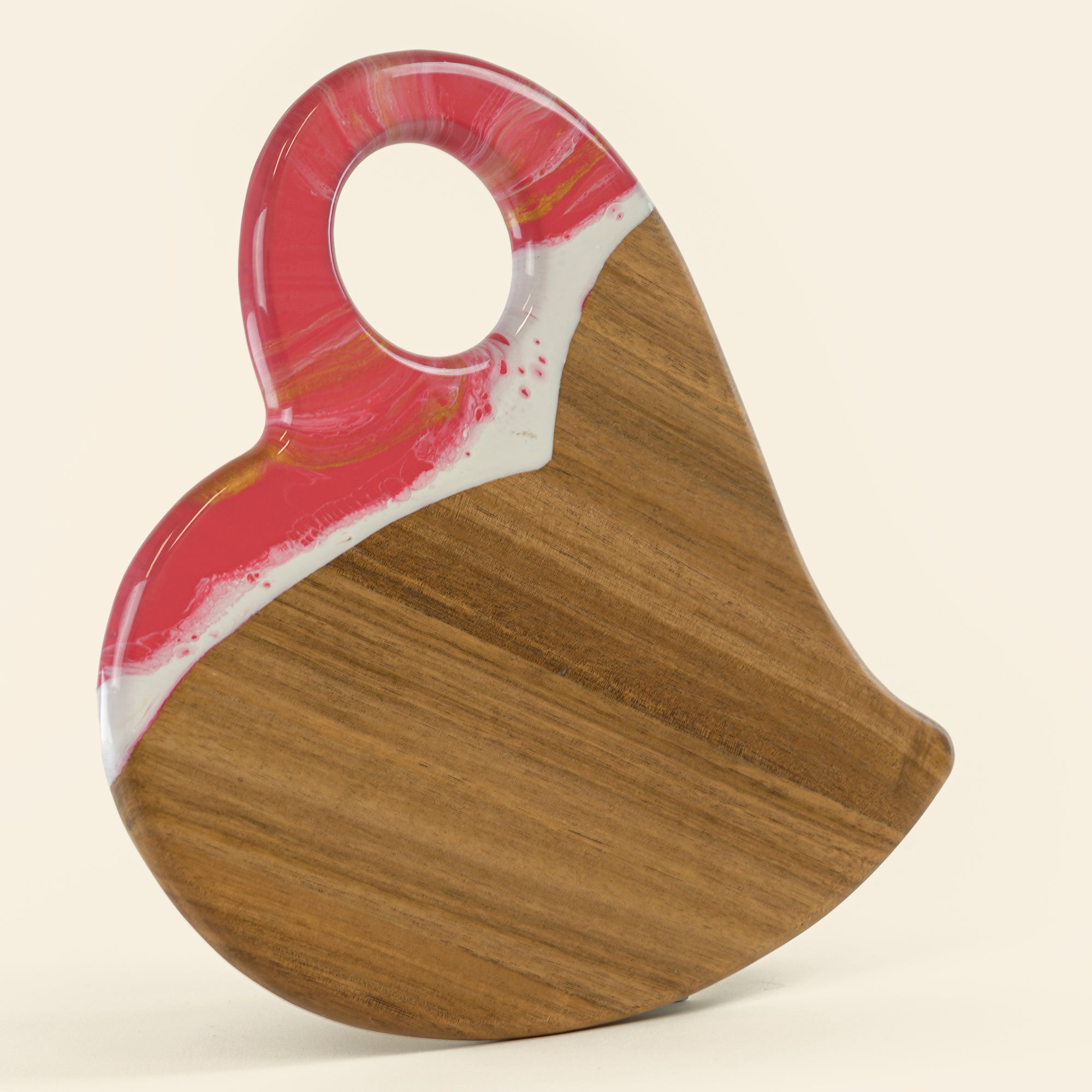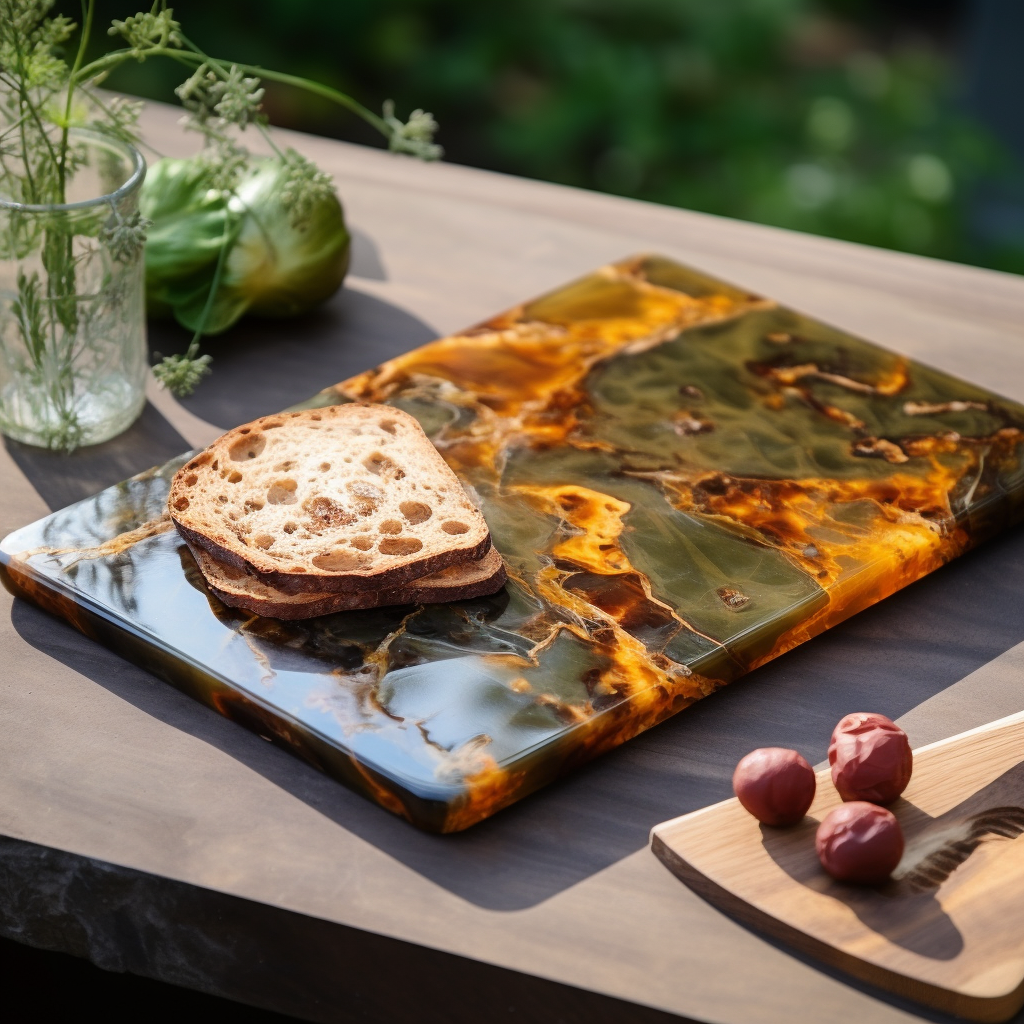The allure of charcuterie boards, those enticing assortments of cured meats, artisan cheeses, luscious fruits, and crunchy nuts, has captivated food enthusiasts globally. Yet, beyond their current trendiness, these exquisite platters boast a storied heritage that intertwines with cultural gastronomy and preservation techniques spanning centuries. Let's embark on a historical exploration of the charcuterie board, tracing its evolution from ancient practices to its modern-day status as a versatile, crowd-pleasing culinary art form.
Defining the Charcuterie Board
A charcuterie board is a thoughtfully assembled collection of savory cured meats complemented by a variety of cheeses, fruits, nuts, and other accompaniments. Typically presented on a rustic wooden board or an elegant platter, charcuterie sets the stage for a communal, visually appealing dining experience.
Historical Roots of Charcuterie
The term "charcuterie" hails from French origins, marrying "chair" (flesh) with "cuit" (cooked), hinting at the age-old techniques of meat preservation. The lineage of charcuterie is illustrious, with roots stretching back to ancient civilizations like Rome, where salting, smoking, and curing meats were essential for sustenance and culinary variety.
Charcuterie in the Renaissance and Beyond
Advancing to the Renaissance, charcuterie transformed into a symbol of opulence and culinary craftsmanship. Banquets and feasts would often spotlight elaborate charcuterie displays, captivating guests with both flavor and aesthetics. The evolution continued regionally, with countries like Italy and Spain refining their own iconic charcuterie styles, like the famed prosciutto and salami or the diverse spread of Spanish tapas.
The Resurgence of Charcuterie Boards
In the contemporary culinary scene, charcuterie boards have seen a renaissance, becoming a beloved feature at social gatherings, celebratory events, and even as a chic dining option. The modern charcuterie board is a canvas for creativity, offering an assortment ranging from traditional cured meats to vegetarian and vegan options, accommodating an array of dietary preferences and lifestyles.
Versatility and Customization
Part of the charm of charcuterie boards lies in their adaptability. They are infinitely customizable, allowing hosts to tailor the selection to the specific tastes and dietary needs of their guests. This versatility extends to include plant-based charcuterie options, featuring innovative substitutes for classic cured meats, ensuring that everyone can partake in the experience.
A Journey Through Time
The narrative of the charcuterie board is a testament to the timeless appeal of expertly preserved delicacies and the shared joy of communal dining. As we partake in the varied flavors of a charcuterie spread, it's a nod to a rich tradition that has gracefully evolved, adapting to the palates and preferences of different eras. Whether it's a casual get-together or a grandiose affair, the charcuterie board stands as a culinary centerpiece, inviting everyone to gather, savor, and celebrate the enduring art of charcuterie.
Enhancing Your Charcuterie Experience
For an elevated charcuterie experience, consider serving your board on a handmade resin-dipped wooden serving tray. These unique trays not only add a touch of elegance but also enhance the presentation of your carefully curated selection. Our handmade trays and furniture tables are designed to complement the beauty and tradition of charcuterie, making every gathering special.

